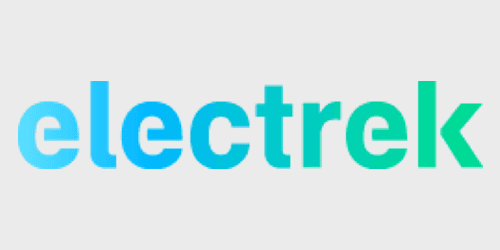

Earlier this week, Tesla updated its website with a payment option to buy ‘Supercharger credits’ hidden in the source code of the ‘MyTesla’ page of Model S and X owners, and even Model 3 reservation holders.
Tesla quickly reverted the update and refused to comment on the temporary change despite several requests from Electrek. Now sources with knowledge of the new program confirmed new details about its upcoming rollout…
Following the leak, the ‘Supercharger credits’ were associated with the Model 3 because Tesla currently only sells vehicles with “free” lifetime Supercharger access and Tesla already said that it will be an option on the Model 3, but as previously mentioned, the code was also embedded in the Model S and X ‘MyTesla’ page. And now we know why.
Sources familiar with the program have told Electrek that Tesla is about to introduce a new Supercharger Credit program to unbundle the cost of Supercharger access from the vehicle and consequently, lower the entry price of the Model S and X while ensuring that the value of the Supercharger network is better represented by the pricing model. The update could coincide with the release of OS 8 or 8.1.
We weren’t able to confirm the amount of the price reduction, but considering Tesla still offers the option to enable Supercharging access for $2,500 on the original Model S 40/60, which were not offered with included access to the network, it wouldn’t be surprising if the discount will be of about the same amount.
Update: another source with knowledge of the new program now says that the price reduction will actually amount to $2,000.
Tesla has been working on reducing the price of the Model S and X this year with different options, like with the Model S 60 which is now Tesla’s least expensive option at $66,000. The Supercharger as an option will be Tesla’s next move to reduce the entry price of the vehicle.
New owners will be able to buy ‘Supercharger Credits’ by blocks of kWh. The price will depend on local electricity rates in your country. Buying blocks of kWh instead of paying per use, a la gas station, will allow Tesla to simplify its payment structure and reduce the number of credit card transactions.
From the ‘MyTesla’ page on the website, owners will be able to register a credit card number in order to make adding credit as easy as pressing a few buttons on the touchscreen of your Model S, X, and eventual 3.
Tesla is also looking to monetize the time spent at the Supercharger by offering other services. We reported last month that Tesla is working to offer car wash service at Superchargers with a pilot project already underway in Fremont.
First look at Tesla’s new Supercharger layout concept (pictures by Christoph Lumpi – reprinted with permission)
The move to ‘Supercharger Credits’ could also facilitate the access to the network to electric vehicles from other manufacturers. Tesla CEO Elon Musk always said that he was open to sharing the network with other automakers, but he also said that they would need to contribute to the cost of the network proportionally to the usage of their vehicle fleet.
This new program will allow them to do just that fairly easily. Tesla could sell a Chademo/SAE DC adapter that would work with other vehicles and could be tied to a credit card as well. This could be a huge market for Tesla who is already years in front of the competition in terms of charging.
The Tesla Supercharger is currently ‘The World’s Fastest Charging Station’, a title that was recently challenged before the UK’s Advertising Standards Authority, but that Tesla successfully defended. The charger has a capacity of 145 kW, but even Tesla’s vehicles are currently not able to take the full power of the Supercharger. They are capped at 120 kW and no other electric vehicle is capable of charging at a power level anything close to it. Most electric vehicles capable of DC fast-charging are capped at 50 kW.
But Musk said last year that Tesla was in talks with European automakers to allow the access to the Supercharger network – hinting at vehicles soon capable of DC fast-charging at a higher charge rate and to Tesla potentially sharing the network.
An announcement for the new program is expected relatively soon.
FTC: We use income earning auto affiliate links. More.







Comments